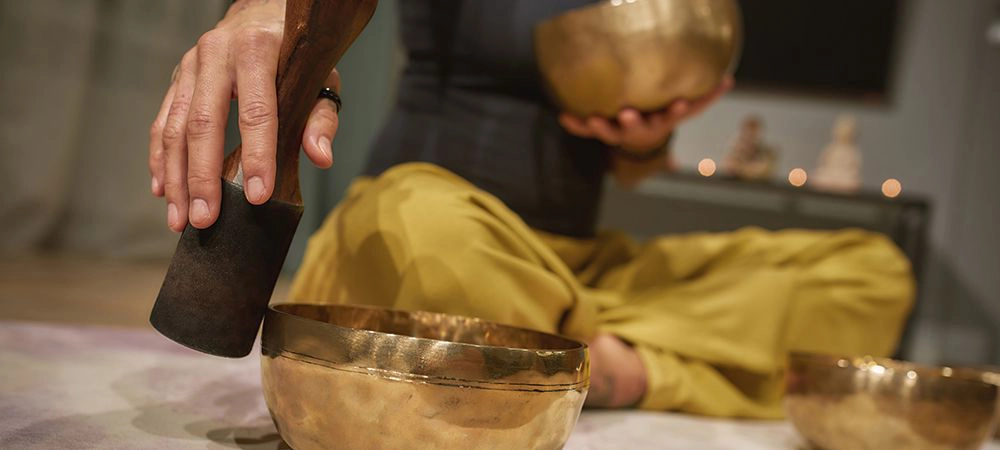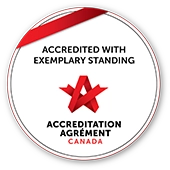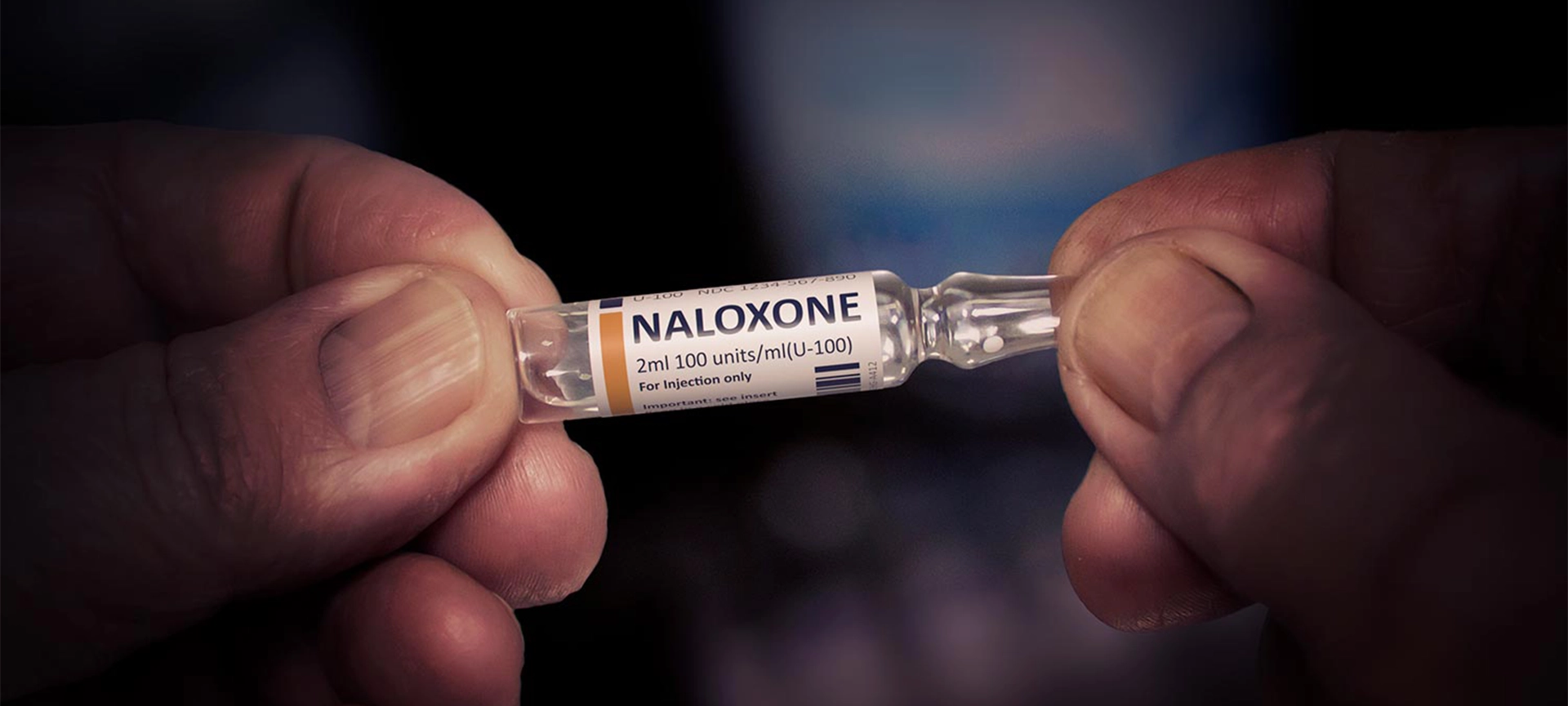Meditation Techniques to Help With Addiction
As society’s understanding of addiction grows, we are developing a better understanding of why it happens. We are starting to away from associating addiction with poor decisions and lack of responsibility, and toward an acceptance that in many cases, addiction is a symptom of an underlying issue.
Many factors can be at play, ranging from childhood abuse and sexual assault to chronic pain and schoolyard bullying. No two paths to addiction are the same. Everybody has their own story about what led them to this point.
But what a lot of the stories have in common is that they involve some form of inner turmoil. Meditation is being increasingly used in addiction treatment because it helps the addicted individual learn how to calm their mind and find peace from within.
Much like addiction and many of the therapies used to treat it, meditation works differently for different people. Today, we talk about ten meditation techniques that you can try during your addiction recovery.
Meditation Techniques
#1 Focus On Your Breathing
This is a basic form of meditation in which you inhale deeply, hold your breath for a moment, and then slowly exhale. A guided meditation instructor will literally talk you through the process of breathing: count up to three or five during the inhale, hold for one or two seconds, and then count down during the exhale. Your concentration is focused entirely on the breathing process. This helps you anchor your mind while developing an awareness of one of the most basic functions of life.
#2 Do A Mental Body Scan
Sometimes your mind might be trying to focus on your breathing, but your body has other ideas. No matter how much you are trying to concentrate, something doesn’t feel right, and your body and mind are not in tune with each other. When this happens, mentally review each part of your body, starting with the top of your head, and ending with the soles of your feet. Simply by acknowledging any discomfort that you encounter, you can get your mind and body back in sync.
#3 Acknowledge Distractions
Meditation is generally based on trying to keep distractions out, but for some people, it is more productive to follow the mindfulness technique of letting distractions in. Imagine that someone is knocking at your door and they won’t go away. You can try your best to ignore them, but that knocking will keep on bothering you. Sometimes it’s best to just open the door and acknowledge that the person is there, and let them go on their way. The same applies to distracting thoughts. Validate their existence, sit with them for a moment, and then let them drift away.
#4 Reflect On A Question
An effective meditation technique is to ask yourself a positive question and reflect on how you might answer that. Examples would be, “What are you grateful for?” or, “What accomplishments are you proud of?” The idea is to answer the questions with your heart and not your head, so you can experience the emotion without getting bogged down in logic.
#5 Practice Visualization
We all have a favourite place. For some of us, it is a physical location that carries happy memories. For others, it is anywhere that has the presence of a person you love. Some people’s favourite places exist only in their imaginations. This technique involves closing your eyes and forming a mental picture of your favourite place. Imagine that you are there. Who is with you? What does the place look like? What sounds do you hear? What smells are there? What is it about this place or this person that brings you joy or peace?
#6 Focus On A Mantra

Traditionally, a mantra is any sound or sequence of sounds with magical, spiritual, or religious power. Today, a mantra is commonly understood to be a word or phrase that you repeat to yourself over and over, to internalize a message. “I am capable.” “I am loved.” “I am strong.” Mantra meditation is similar to the focused breathing message, but instead of concentrating on your breathing, you repeat your word or phrase.
#7 Combine Yoga With Meditation
Yoga is an ancient practice that combines physical poses and movements between poses with concentration and deep breathing. Yoga and meditation pair together naturally, and you can derive the benefits of both by doing them at the same time. Many people believe that you have to have a certain amount of flexibility in order to do yoga, but there are classes available for all levels.
#8 Focus On Someone You Love
We love the people we love because they make us feel a certain way. During meditation, try focusing on someone you love, who you have a close connection with. Imagine that that person is sitting beside you. How do you feel when you are in their presence? Do you feel an effervescent joy or a deep feeling of peace and acceptance? Recall that feeling and surround yourself with it.
#9 Practice Resting Awareness

Most forms of meditation are all about focusing on something – your breathing, an object, a feeling, a person. When you practice resting awareness, you are not focusing on any particular thing. You simply find a quiet spot and relax your mind. Whatever thoughts drift your way, let them in. Some of them will leave right away, others will linger. Explore those thoughts, let them sit with you for a while, and when you’re ready to let them go, they will go.
#10 Focus On Directing Positive Energy To Others
The final technique is practised by focusing on a specific person. It does not have to be someone you love – you do not even have to like them. It could be someone who has been on your mind for whatever reason. Imagine yourself in a pond, at the centre of a ripple, which represents positive energy. Now imagine that ripple expanding to include the person you are focusing on. Imagine the positive vibes reaching them and embracing them. This is a great technique for letting go of negative feelings toward another person.
Getting Help For An Addiction
At Addiction Rehab Toronto, we offer customized addiction treatment programs in a safe, caring environment. Because different people respond to different forms of treatment, we use a variety of therapeutic modalities that are suited to a wide range of needs and circumstances. Whether you want to explore the use of meditation in your addiction treatment or find out about the other treatment options we offer, we invite you to call us and let us be a part of your recovery journey.








